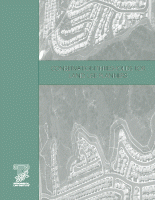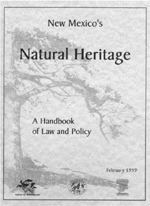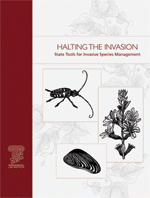The Nature of Open Space Programs: Linking Land Protection and Biodiversity Conservation

The conservation of biodiversity supports efforts to ensure the long-term stability of wildlife species and habitats, ecosystems and economies, and public health and welfare. Because the greatest threats to wildlife and biodiversity in the United States are habitat destruction, degradation, and fragmentation, purchasing land outright or protecting it through the acquisition of a conservation easement ensures the protection of lands important for habitat.




